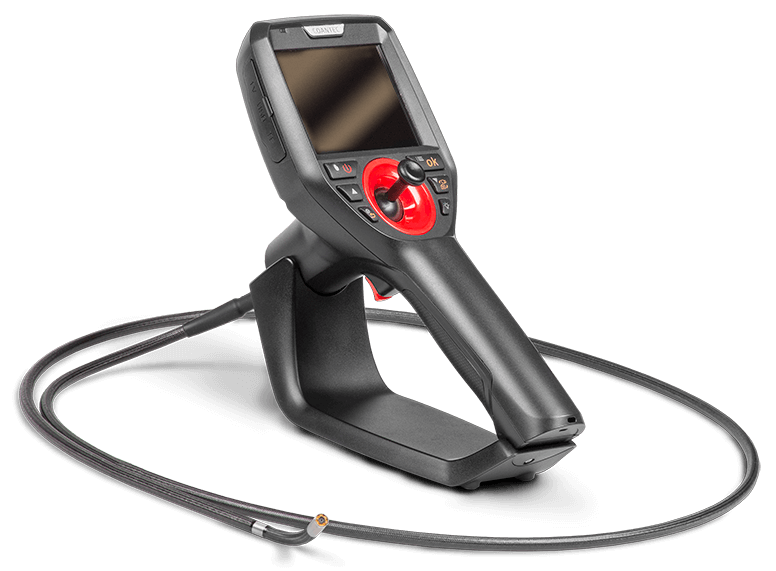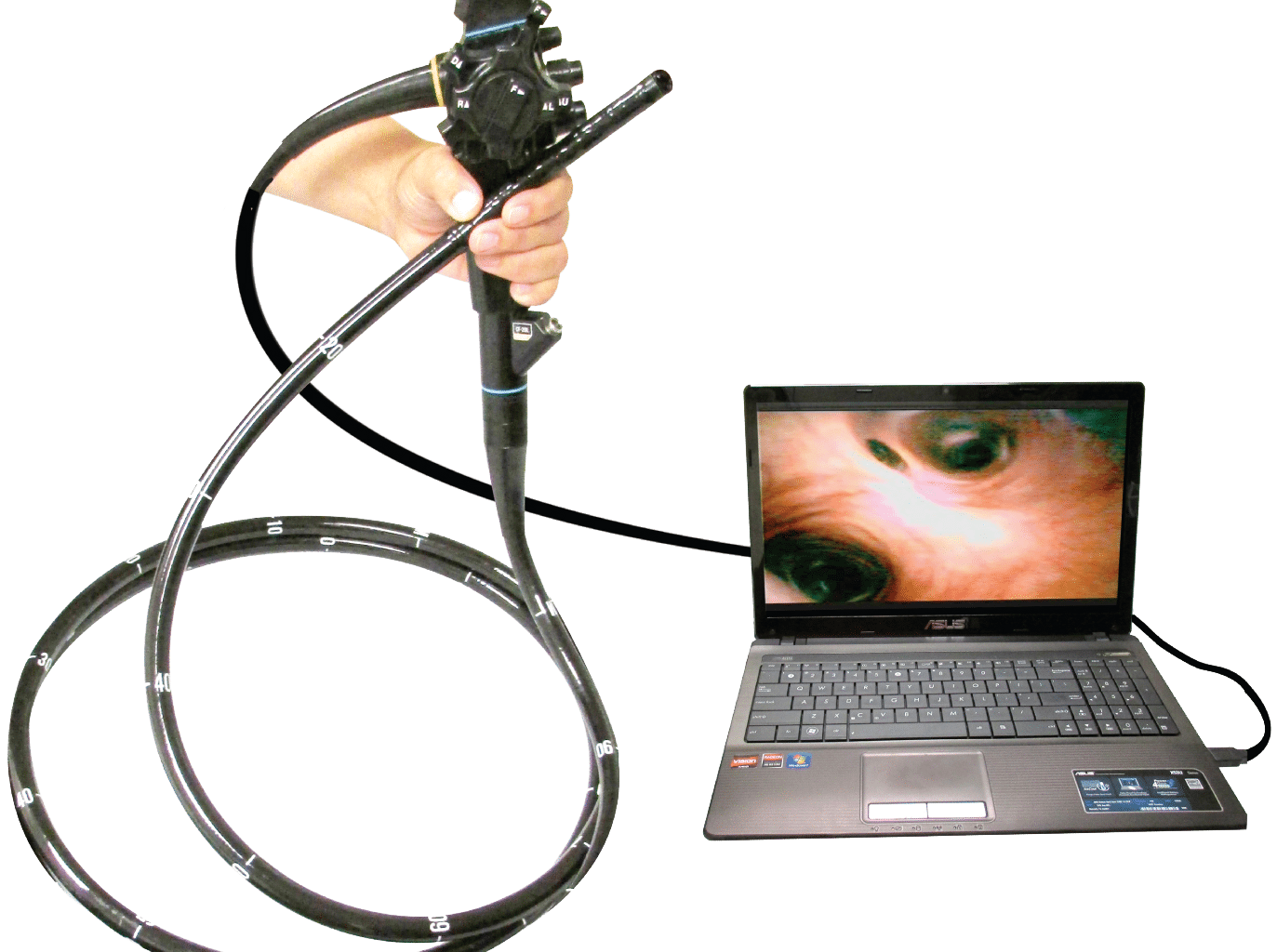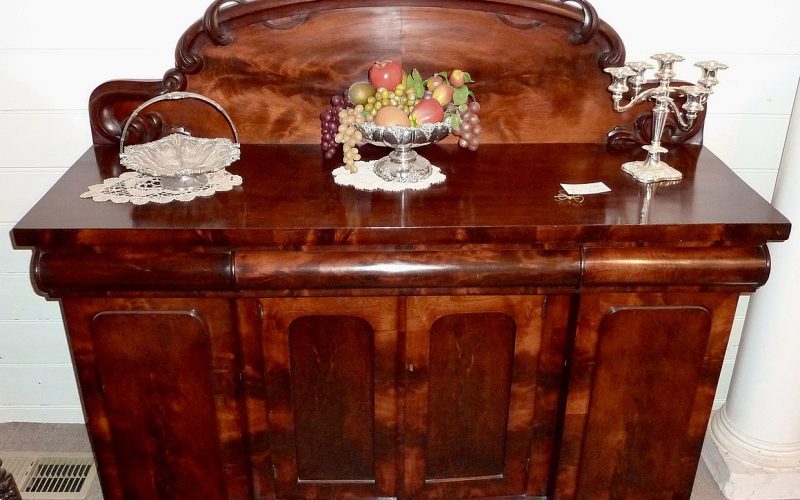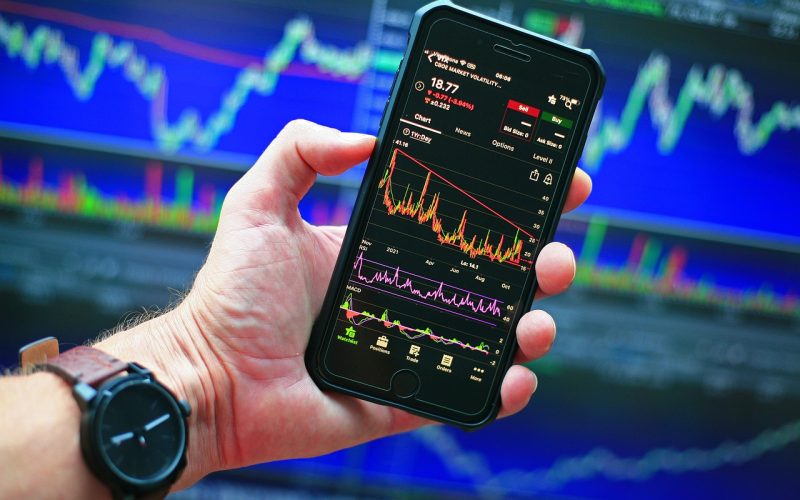Borescopes and endoscopes are optical inspection tools that are widely used in various industries and fields for visual inspection of hard-to-reach areas. They share similarities in terms of their basic design and purpose, but they also have distinct differences that make them suitable for specific applications. In this article, we will delve into the differences between Borescope vs Endoscope, including their construction, applications, and advantages.
Construction:
Borescopes and endoscopes are both types of rigid or flexible optical fiberscopes that consist of a light source, an optical lens, and a camera for capturing images or videos. However, there are differences in their construction that set them apart.

A borescope is typically a rigid or semi-rigid optical fiber bundle enclosed in a protective tube or sheath. It is designed to be inserted into a small opening or a narrow cavity and can be manipulated to navigate through tight spaces. The rigid borescope usually has a straight or angled viewing direction, which allows for direct viewing of the inspection area. The semi-rigid borescope, on the other hand, can be bent or flexed to navigate through curves or bends in the inspection area.
On the other hand, an endoscope is typically a flexible or semi-flexible optical fiber bundle enclosed in a flexible tube. It is designed to be inserted through small openings or natural body orifices for medical or veterinary applications. The flexible endoscope allows for greater flexibility and maneuverability to navigate through the body’s internal organs or other inaccessible areas. The flexible tube can be steered and controlled remotely to access the desired location.
Applications:
Borescopes and endoscopes find applications in various industries and fields, but they are typically used in different contexts due to their unique characteristics.
Borescopes are commonly used in industrial and engineering applications, such as aviation, automotive, manufacturing, and maintenance. They are used to inspect internal parts of engines, machinery, pipes, and other structures that are not easily accessible. Borescopes are also used in the construction industry to inspect building structures, HVAC systems, and plumbing lines. They are valuable tools for detecting defects, corrosion, leaks, and other issues in hard-to-reach areas, helping to diagnose problems and prevent costly downtime or repairs.
In the aviation industry, borescopes are used for inspecting the interiors of aircraft engines, turbines, and other components to detect wear and tear, cracks, and other issues that could affect their performance and safety. In the automotive industry, borescopes are used for inspecting the inside of engines, fuel systems, exhaust pipes, and other parts for maintenance and quality control purposes. In the manufacturing industry, borescopes are used for inspecting the internal parts of machines, equipment, and production lines to ensure smooth operation and prevent breakdowns. In the construction industry, borescopes are used for inspecting the integrity of building structures, pipes, and HVAC systems, detecting leaks, blockages, and other issues that could compromise their functionality.
On the other hand, endoscopes are predominantly used in medical and veterinary applications. They are used by physicians and veterinarians to visualize and diagnose conditions inside the human or animal body without the need for invasive surgery. Endoscopes are commonly used for procedures such as gastrointestinal examinations, arthroscopy, bronchoscopy, and laparoscopy. They allow for real-time visualization of internal organs, tissues, and structures, aiding in the diagnosis and treatment of various medical conditions.
In the medical field, endoscopes are used for diagnosing and treating conditions in the gastrointestinal tract, including the esophagus, stomach, intestines, and colon. They are also used for examining the respiratory system, including the nose, throat, and lungs. Endoscopes are used in surgical procedures for minimally invasive surgeries, where small incisions are made and the endoscope is inserted to visualize and operate on internal organs or tissues. This reduces the need for open surgeries, resulting in faster recovery times and reduced risks of complications.
Advantages:
Both borescopes and endoscopes offer unique advantages that make them valuable tools in their respective fields.
The advantages of borescopes include:
- Rigid and semi-rigid borescopes can be used in tight spaces and provide direct visualization of the inspection area.
- Borescopes are durable and resistant to harsh environments, making them suitable for industrial applications.
- Borescopes can be used with various lens attachments, such as wide-angle or zoom lenses, to provide different viewing perspectives.
- Borescopes can be connected to external monitors or devices for real-time viewing, documentation, and sharing of inspection results.
- Borescopes are relatively affordable compared to endoscopes, making them cost-effective for industrial inspections.
On the other hand, the advantages of endoscopes include:
- Flexible or semi-flexible endoscopes can navigate through curved or complex paths, making them suitable for medical and veterinary applications.
- Endoscopes are minimally invasive, reducing the risks of complications and promoting faster recovery times.
- Endoscopes provide high-resolution images or videos of internal organs or tissues, aiding in accurate diagnosis and treatment.
- Endoscopes can be used with various specialized attachments, such as biopsy forceps or cauterizing instruments, for therapeutic interventions.
- Endoscopes are designed with patient safety in mind, with features such as sterilization capabilities and non-toxic materials.
Conclusion:
In summary, borescopes and endoscopes are valuable optical inspection tools used in different industries and fields for visualizing hard-to-reach areas. While they share similarities in terms of their basic design and purpose, they have distinct differences in their construction, applications, and advantages.
Borescopes are typically rigid or semi-rigid and used in industrial and engineering applications for inspecting internal parts of machines, equipment, pipes, and structures. They provide direct visualization of the inspection area and are durable and resistant to harsh environments. Borescopes are relatively affordable and offer flexibility in terms of lens attachments and external connectivity.
Endoscopes, on the other hand, are typically flexible or semi-flexible and used in medical and veterinary applications for visualizing internal organs and tissues without invasive surgery. They offer minimally invasive procedures, high-resolution imaging, and specialized attachments for therapeutic interventions. Endoscopes prioritize patient safety with sterilization capabilities and non-toxic materials.
Generally, the choice between a borescope and an endoscope depends on the specific application and requirements. Borescopes are ideal for industrial inspections where durability and direct visualization are essential, while endoscopes are preferred for medical and veterinary applications where minimally invasive procedures and high-resolution imaging are critical. Understanding the differences between borescopes and endoscopes can help professionals make informed decisions when selecting the appropriate tool for their inspection needs.











